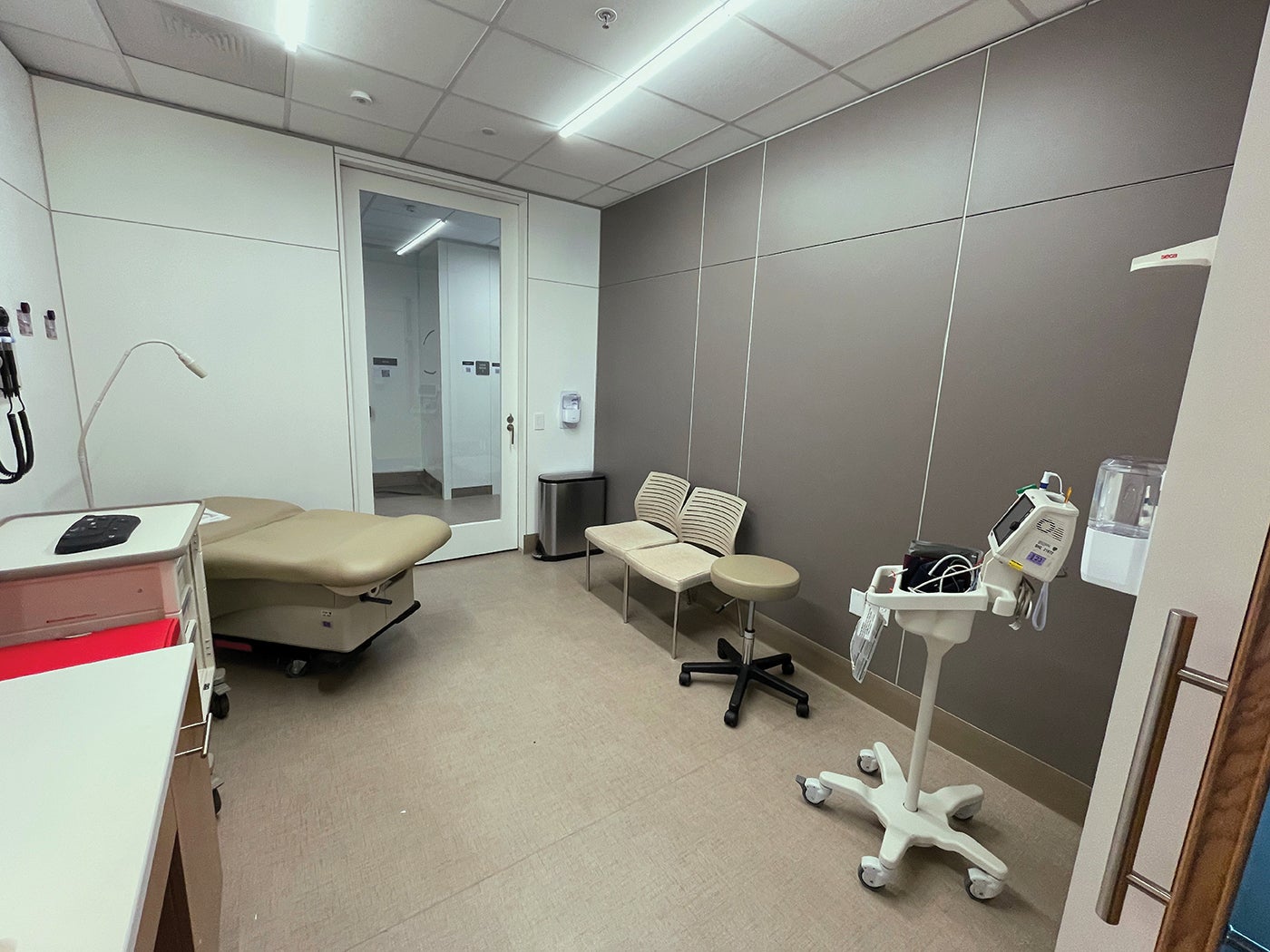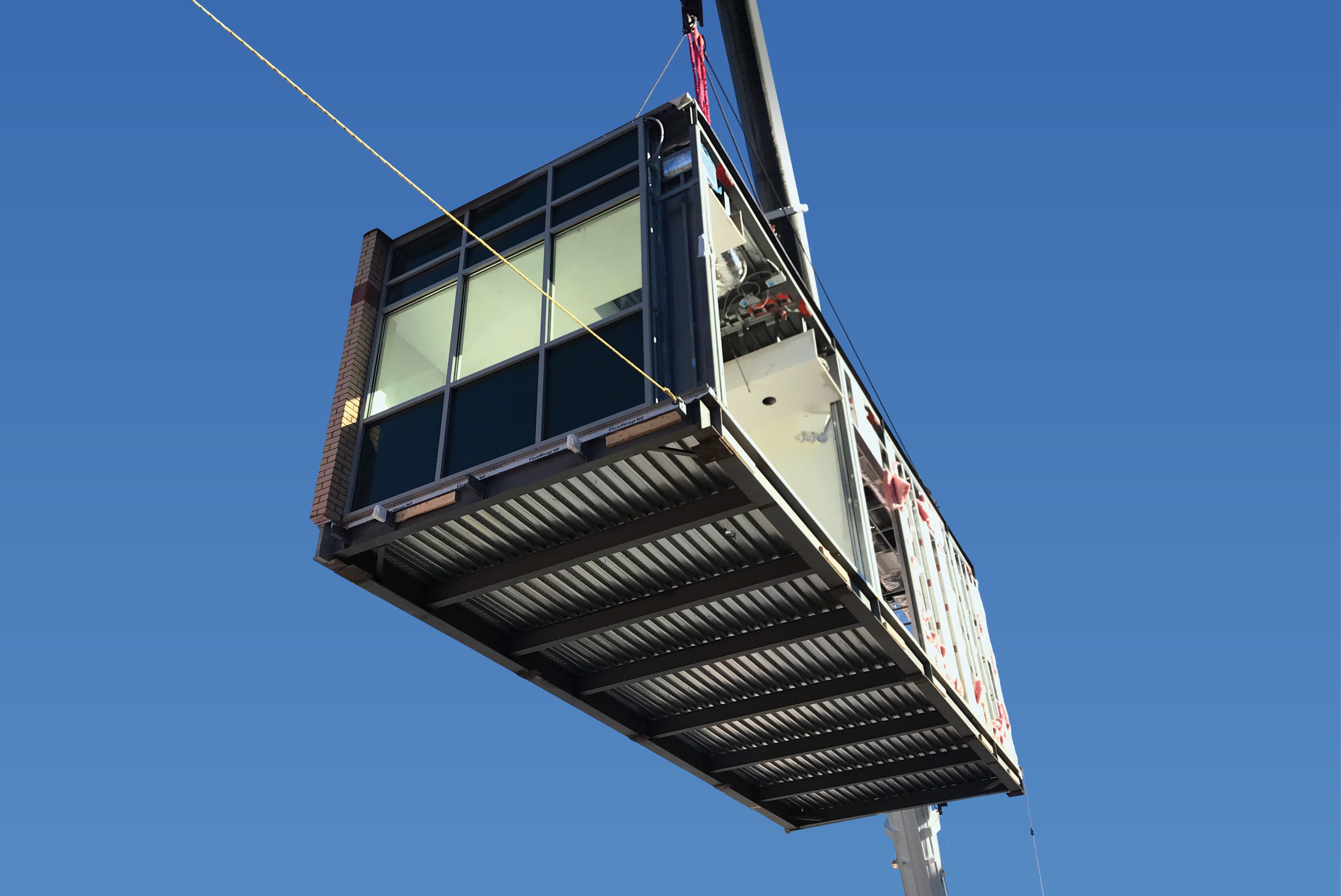Developing more flexibility for the prefabrication model
Meeting the challenges facing health care today may require professionals to think far outside the modular box. That’s why Andrea Hyde, senior project manager at Stanford Health Care’s planning design and construction department, has spent over 12 years while working within three U.S. health systems developing nonconventional prefabricated equipment models.
Hyde’s research began where she was charged by leadership in a previous role to find a safe, cost-effective and flexible option for renovating a fully occupied, pre-Americans with Disabilities Act medical specialty outpatient facility.
The building’s rigid design made it difficult to update the interior to meet modern standards. In looking outside the medical field for solutions, she found that prisons and retail facilities used a hygienic, water-efficient, non-gravity based modular vacuum plumbing system. Not only does the system reduce the required plenum space height, but it does not require penetrations into floors above or below or venting to the roof.
“The use of the vacuum plumbing system is the key that unlocks the ability to never have to go between floors,” Hyde says. “Everything is based on air sucking water out, as opposed to conventional gravity systems that can clog and leak brown water.”
Further exploration convinced Hyde that integrating a vacuum plumbing system with electrical and other key prefabricated interior system components within a panelized system offers health care facilities the ability to renovate with minimal disruption, lowering the risk of infection. The lower plenum height required also makes it more feasible to convert commercial real estate spaces that might otherwise not meet the needs of health care users due to lower ceiling height.
While Hyde has completed a successful working mock-up of her integrated modular system concept (IMSC) at Stanford Health, she has found it tough to gain approval for adoption of this plug-and-play vacuum system — despite its installation flexibility, water efficiency and potential to reduce infection risks.
“Prefabrication is a great option to support faster design and construction in the initial build-out of facilities, but the IMSC model approach goes beyond that by asking why we are investing anything in conventional systems that come with so much inflexible, costly, wasteful and risky operational ownership?” she says.
That question is guiding Hyde and a team of mechanical, electrical and plumbing performance-focused manufacturers and engineers through independent research in developing modular medical gas system integrations, fiber optic-fed hub plug-and-play information technology solutions and modular-based maximum monitored control HVAC unit arrays.
Rather than rethinking delivery, these modular solutions explore creative alternatives for building new flexibility into health care facilities.






